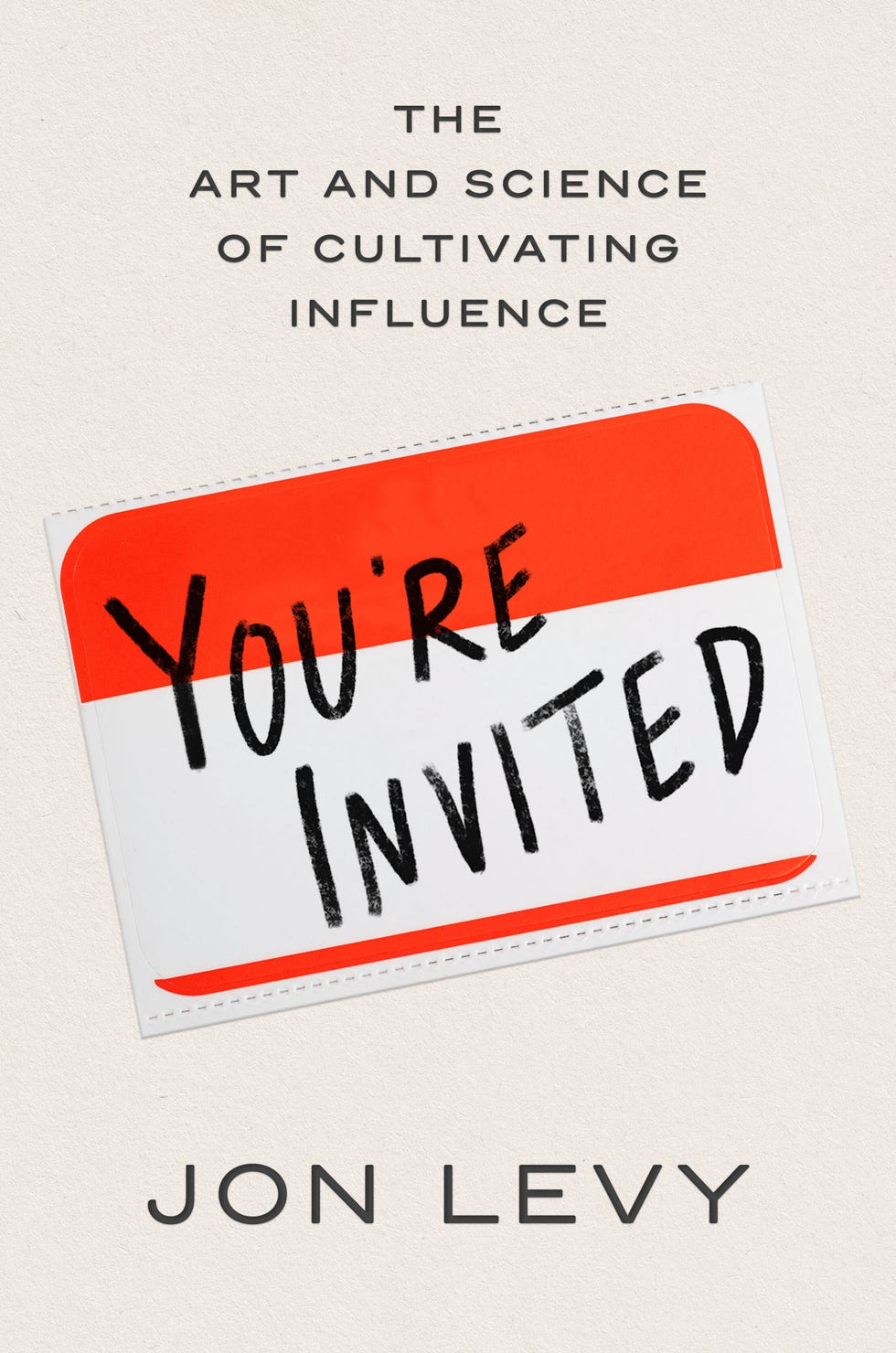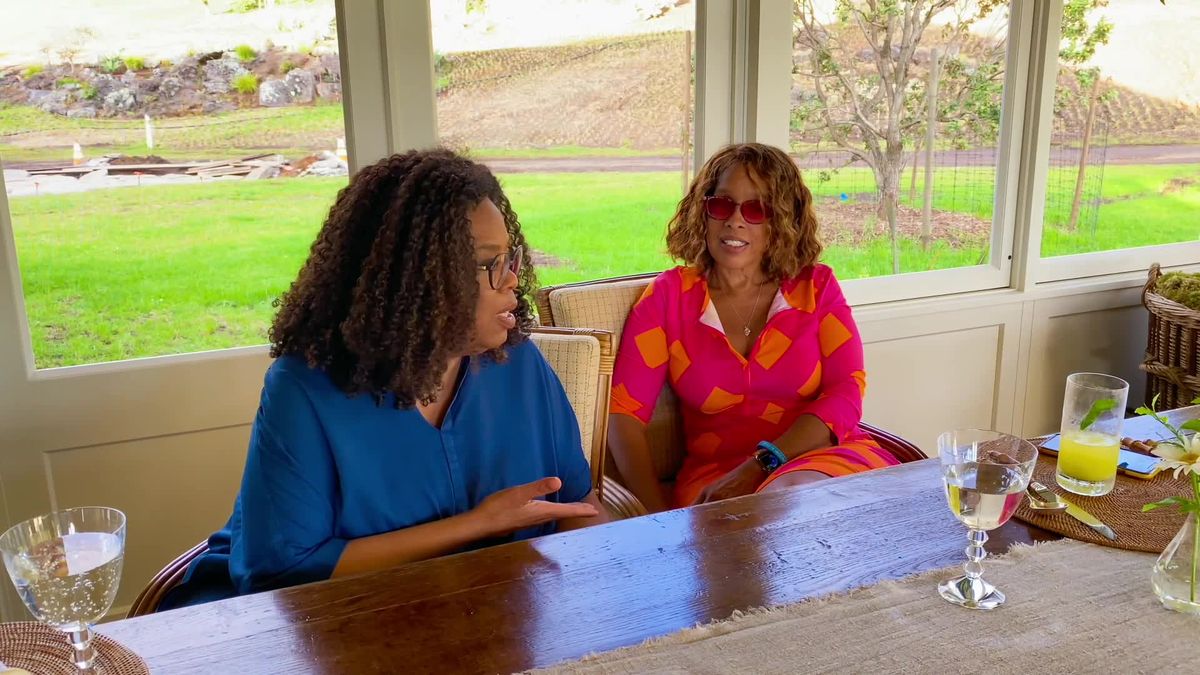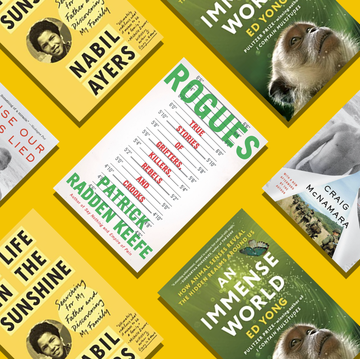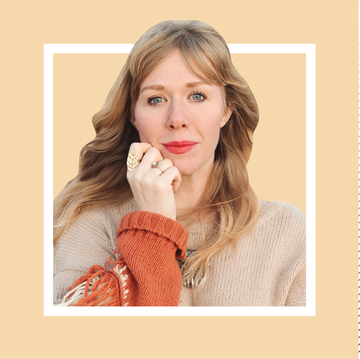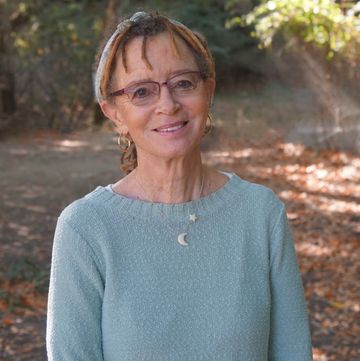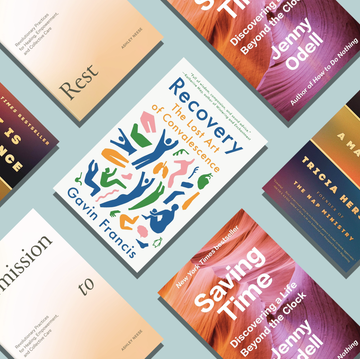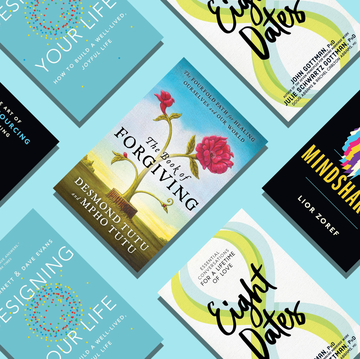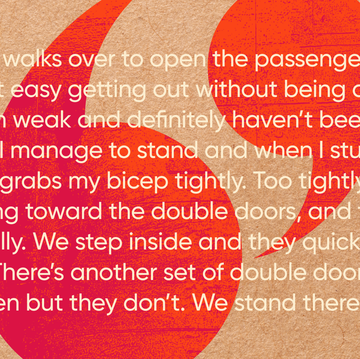During the pandemic, many of us have nurtured hermetic instincts that once upon a time lay dormant. And the concept of networking? Sound the alarm bells. But author and behavioral scientist Jon Levy, whose recent book is You’re Invited: The Art and Science of Cultivating Influence (Harper Business), offers a reminder that there is joy and community to be found in rejoining people again. This essay is adapted from his book.
When Tina Roth-Eisenberg came to the United States, she never expected leaving Switzerland would be so isolating. Her dream was to become a professional designer, and even though she managed to get an internship in a small design firm and make some friends, she hadn’t yet met what she calls “my people.” She wanted to be part of a generous, open, inclusive creative community.
This shouldn’t surprise any of us: the desire to experience belonging is at the core of being human. When we look at the greatest predictors of human longevity, they aren’t being on a keto diet or meditating daily, but having close social ties (close friends and family) and social integration (being part of a community).
Unfortunately, Tina had two challenges. The first was that, to put it politely, her English skills needed improvement. It’s hard to make friends when people don’t understand you. The second was that all the creatives (designers, architects, filmmakers, etc.) that she wanted to connect with were siloed in their industries and didn’t come together as a single community. To make matters worse, all the conferences and events were industry specific and expensive, which meant that people had to already be successful to afford the attendance fee. This exclusivity only served to further separate creative people.
As the years progressed, so did her command of the English language, and the popularity of Swiss Miss, her cleverly titled design blog. Her status as a popular blogger garnered her free passes to all the conferences she couldn’t afford as a struggling intern, and this access served to reinforce her belief that someone should bring these siloed communities together.
Tina decided to run an experiment. She invited a group of creatives to her office to connect early one Friday morning. The event would be free, the coffee would be free, and the bagels would be stale, but still free. It would be open to anyone. It wouldn’t matter if you were a struggling college student who wanted to learn photography or a founder of a global architecture firm; you were welcome and you paid nothing. She called it CreativeMornings. She advertised it on her blog, and about sixty showed up early in the morning to a rundown building with a broken elevator. After the six-story trek up the stairs, they were greeted with the stale bagels and a promise that coffee would show up soon. But no one cared how bad the bagels were, because Tina bringing them together was enough of a reason to wake up early and meet before work.
Surprisingly, even though we are a hyper-connected culture, people feel more isolated than ever. In 1985, the average American had almost three close friends besides family, by 2004 that was down to just about two. In less than a generation, the average American lost half of their close friends, and the culprit was likely people moving more often for work. Tina and the creative community of New York understood this all too well. Many traveled from around the world in hopes of making it in the big city.
The first event had no format, just mingling, but with each additional gathering she improved her design. The problem with most networking events is that people hate networking. Research has found that we feel dirty from the experience. Instead, if we want to connect, we need to do something everyone enjoys, even introverts, and that is make friends. So, in order to catalyze conversations between guests, at the second event she added a talk by a designer and asked a local creative agency to host it. The twenty-minute talk and fifteen minutes of Q&A made it feel less like a networking event and more like a cultural moment. Simply put, it was less awkward, in particular for the introverts, but she knew that was a first step.
As the months went by, she continued to streamline. Tina unknowingly applied one of the most underutilized behavioral science techniques to build greater levels of trust. In business culture when we want someone to like us, we tend to spend money on dinners, or expensive parties with gift bags. It turns out this doesn't work very well. What Tina did was the exact opposite, she had people volunteer their time and put in effort. Oddly, the more effort we put into something the more people care about it, and this includes putting effort into other people and groups. It is known as the IKEA, as people have to assemble their boxed furniture, and thereby value it more.
As a result, smiling volunteers would greet guests and give them name tags with icebreakers on them. To inspire creativity and belonging, the decor included handmade signs such as “You look great today,” “Everyone is welcome,” and “Everyone is creative.” To foster even more connections, Tina created a collaboration station to pair people up based on career goals. To ensure the content represented the values of the organization, in addition to talks by thought leaders, there were performances by musicians and even thirty-second pitches from attendees. Every interaction encouraged people to invest effort, connect more deeply and develop a sense of belonging in the community.
Since its inception in 2008, the CreativeMornings community has grown so much that Tina personally hosts over five hundred people every month, but she hasn't stopped there. She wasn’t the only person looking to connect with “[her] people.” She got message after message from people around the world wanting to run CreativeMornings in their city. Believing “trust breeds magic,” Tina opened it up to anyone who wanted to host and developed standard practices to ensure quality control. One rule was that sponsorships could be sold, but all the money they produced would need to be invested in the events and community in order to ensure the spirit of the event was kept intact.
As of March of 2020, CreativeMornings ran free events for 25,000 people every month across 216 cities in 67 countries. Tina may have started as an isolated Swiss girl in a new country, but now she is a powerhouse leader surrounded by creatives who inspire her. Hundreds of thousands of people around the world have participated in CreativeMornings, and in the process developed relationships, married, started companies, learned new skills, and improved their careers, all because one day Tina decided to send an invite to a group of strangers.
As a behavioral scientist, my research suggests that the most important factors in our success are who we are connected to, how much they trust us, and the sense of belonging we experience. Tina and CreativeMornings embody these principles beautifully. She gave people an opportunity to connect over a topic they cared about, creativity, and to do it in a way that fostered friendships. She designed an experience for them to invest effort, and thanks to the IKEA effect, it led them to care more about each other and trust the group. But most importantly, she fostered a sense of belonging, that same characteristic that is the greatest predictor of human longevity. This is a true gift.
Surprisingly, Tina’s greatest strength wasn’t her design skills. In fact, it was something that requires little to no skill: it was her consistency. It would be near impossible for people to feel a sense of community if they attended an event once and then never saw each other again. The types of relationships that let us thrive are the ones that grow with time spent together, and especially through a consistent routine. Religious groups accomplish this through weekly events. Christians have Sunday church service; for Muslims Friday is called Al-Jumu’ah, which translates as “the day of congregation.” This consistency offers a time for people to see one another, participate in rituals, and reinforce bonds. It is an opportunity for their sense of community to grow. Social groups have similar structures. Sports fans might go to the local bar every week to watch their team play.
Consistency of events is critical. If people you want to host are busy this time, they’ll know there is always the next one, or the one after that. It gives them a sense of stability, and communities that have structure and longevity demonstrate competence. Imagine you are in corporate sales and you have a novel gathering every week with friends and some potential customers. This gathering gives you a consistent reason to connect beyond just pitching your product. You can develop a relationship when they participate, and thanks to the consistency, when they have a need, you are top of mind. CreativeMornings succeeded because of this consistent approach and improvement process.
As the CreativeMornings community has grown over the past twelve years, Tina has created a place where she and countless others can feel at home. With finding “[her] people” came incredible career opportunities. Tina now runs several successful companies, including a coworking space for creatives, a temporary tattoo company, a consultancy, and an ever-growing personal brand. Not only has she touched countless lives, but she has gained all the wonderful benefits of being a part of a community. Did it help that she was a designer? Sure, but remember, in the early days she was an immigrant with no money who barely spoke English. Her knowledge of design may have helped, but what led to her success more than anything else was her consistency and her desire to create a space where people could belong. Since her first event with the stale bagels, she has run CreativeMornings every month for twelve years.
As the COVID-19 pandemic spread it was no longer safe for Tina and the CreativeMornings team to host in person, so they pivoted online to give people a sense of belonging as we all isolated at home. They ran over 1800 events around the world bringing together almost 400,000 people. To quote one participant: “[These events] are inspirational, life-changing (and life-saving with COVID and in today’s disheartening world), and educational. The exchange of generosity and kindness is an experience of no comparison. Being “with” and “part of” this particular global community of Creatives keeps the hope of goodness in Humanity alive.”
Now as we begin to emerge from the pandemic, many of us are lonelier than ever. As I researched people like Tina for my new book, You’re Invited: The Art & Science of Cultivating Influence, what became clear is that maybe what we need just as much as masks and vaccines, are opportunities to connect, invest effort and experience a sense of belonging. Maybe we can apply the same lessons learned by an immigrant with poor English and gather people safely to develop meaningful relationships. For you it might be inviting a friend to take a walk, or a group for a boardgames night in your backyard, or you might be inspired by CreativeMornings and join the next event. Regardless of what you do, it helps to remember that the quality of our lives is defined by those we surround ourselves with, and these days all of us are looking to connect. So reach out to others, and accept their invitations when they reach out to you. An invitation is a powerful thing, and it might redefine your life.

